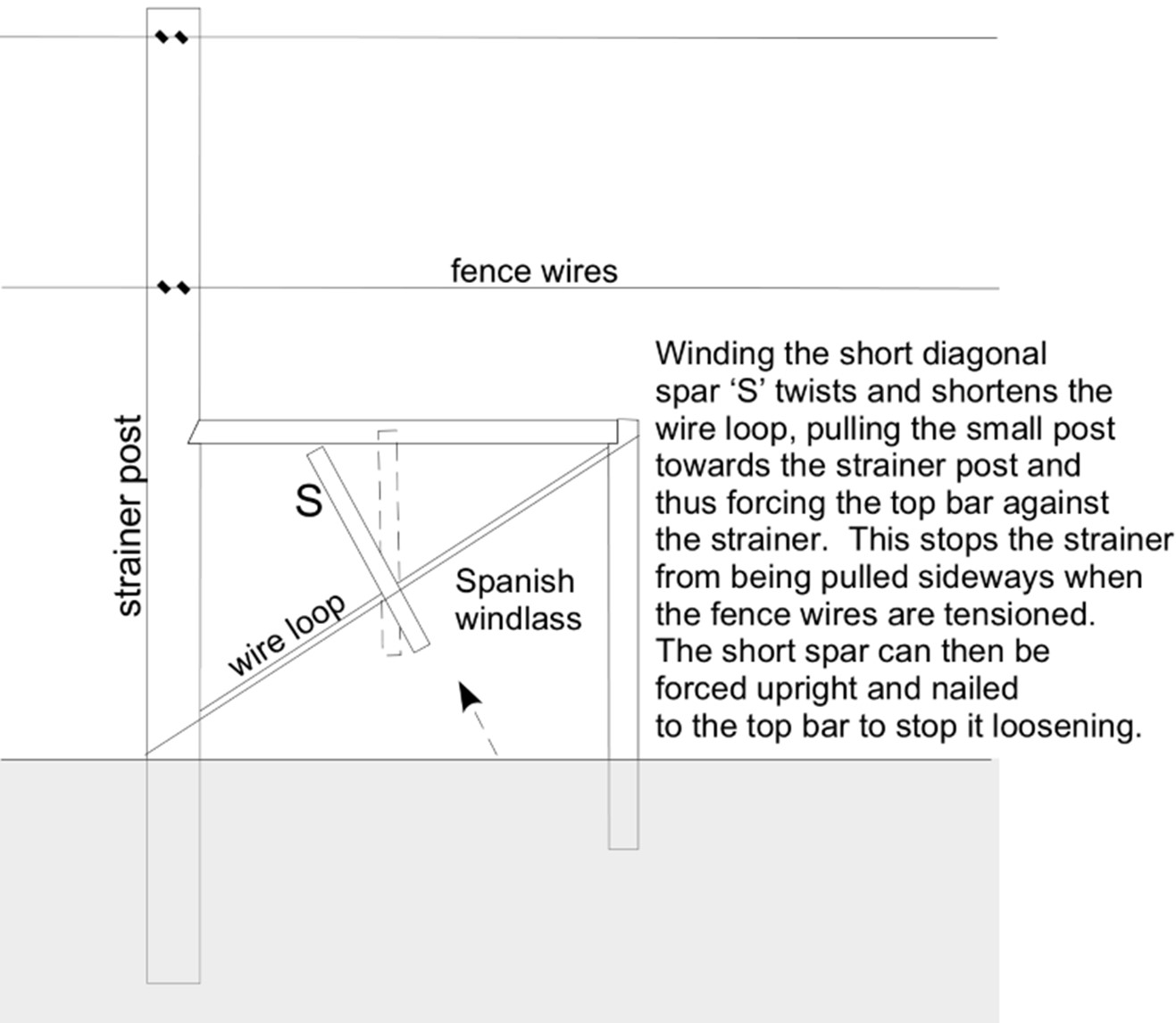

Tower and Town, May 2020 (view the full edition) (view the full edition)Savernake Fences IIThose who have wandered the forest since last Autumn may have seen the structure below and wondered at its complexity and purpose. Many (and I do mean many) years ago whilst in the 6th form, my friend and I landed a summer job with a forestry company in North Wales. The task was singular: to erect a fence around a nature reserve that happened to be on a steep mountainside. Apart from learning a lot by trial and error about lifting and carrying heavy wooden stakes, awkward rolls of fencing wire, and how not to slip with such loads on steep grass or scree, I learned about fence construction. To build post by post, stapling the wire as you go, would produce a very poor, slack-wired, wobbly-wiggly fence. To get the wire tight it has to be tensioned between two strong 'strainer posts', ours were 6 foot logs buried 2 feet in the ground but even these would be pulled off vertical when tension was applied with the 'wire-winch'. We were taught to support the strainers with a diagonal bracing post on either side. This worked for us in our rocky terrain but in softer ground those diagonal braces could be slowly pushed into the ground and the wires would gradually go slack. The later and sturdier technique, as used in the forest and on many local downland fences, looks complicated but is very effective using a tensioning device called a Spanish Windlass, as explained in fig.1. To take the tension on the other side of the strainer post a second Spanish windlass structure is required. 
Peter Noble |